
Ant Head Electron Microscope Image U.S. Geological Survey
Ant Identification with Microscopes. 1 day. Level. Tutor. 10.00. Course details. Ants are some of the most ubiquitous insects in the world and are found on every continent apart from Antarctica. There are around 60 ant species in Britain, several of which require microscopic examination in order to reliably identify to species.

How Does A Scanning Electron Microscope Develop Such Breathtaking Images?
ant through a microscope Ant head. Colored scanning electron micrograph (SEM) of the head of an ant (family Formicidae). showing its large compound eyes (red) and jaws. Magnification: x50 when printed 10 centimeters wide. Cordyceps parasitic fungus growing on an ant, also known as zombie-ant fungus, 3D illustration.
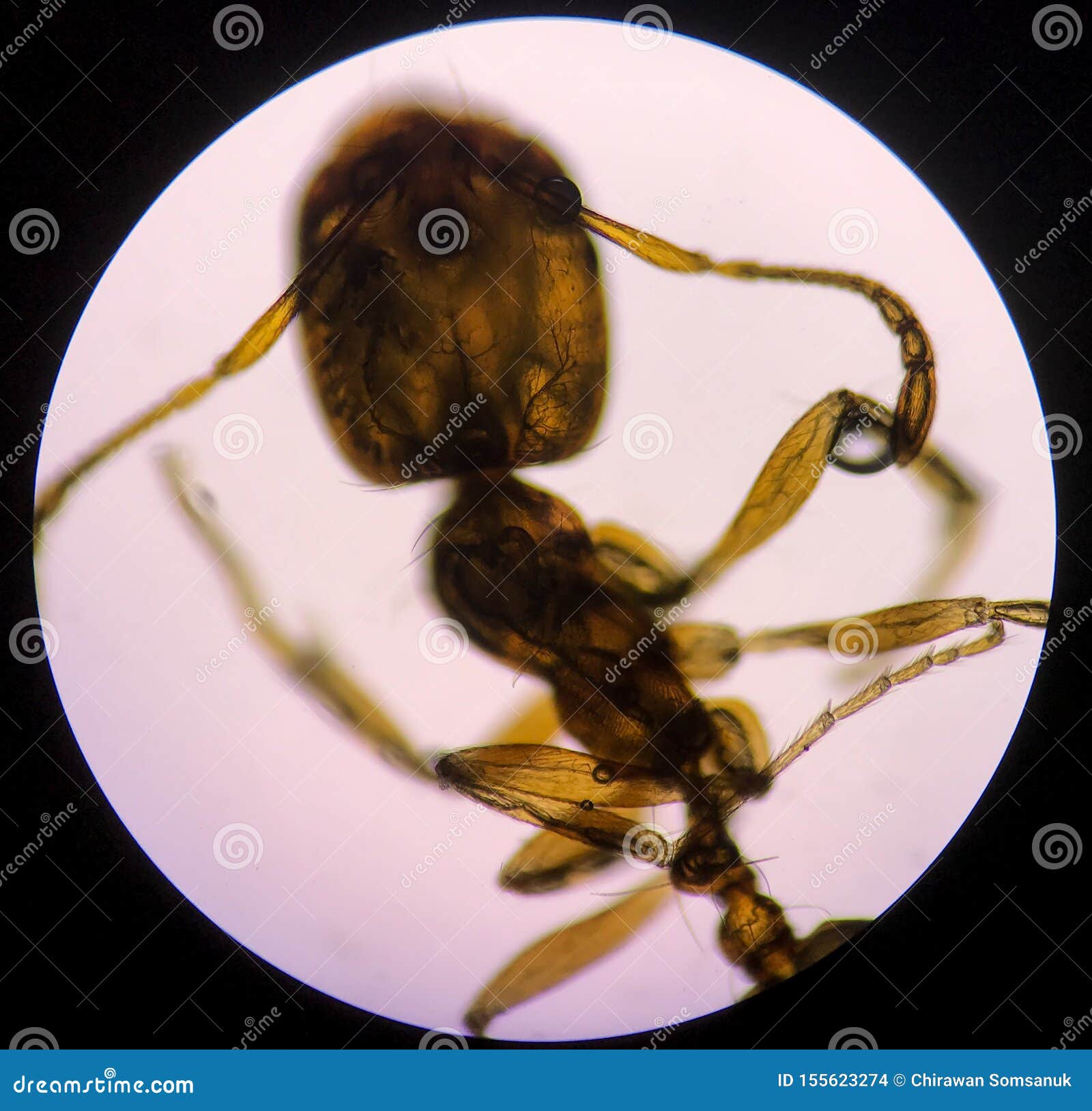
Close Up Structure Ant with Microscope Stock Photo Image of insect, isolated 155623274
Ant Identification: What to Know About Ants in Your Home and Garden. Ants are insects in the same order as wasps and bees (Hymenoptera). They typically lack wings and are smaller than the insects in those groups, but like bees and wasps, many ants can sting. Certain species, such as the red imported fire ant (RIFA), are serious pests that can.
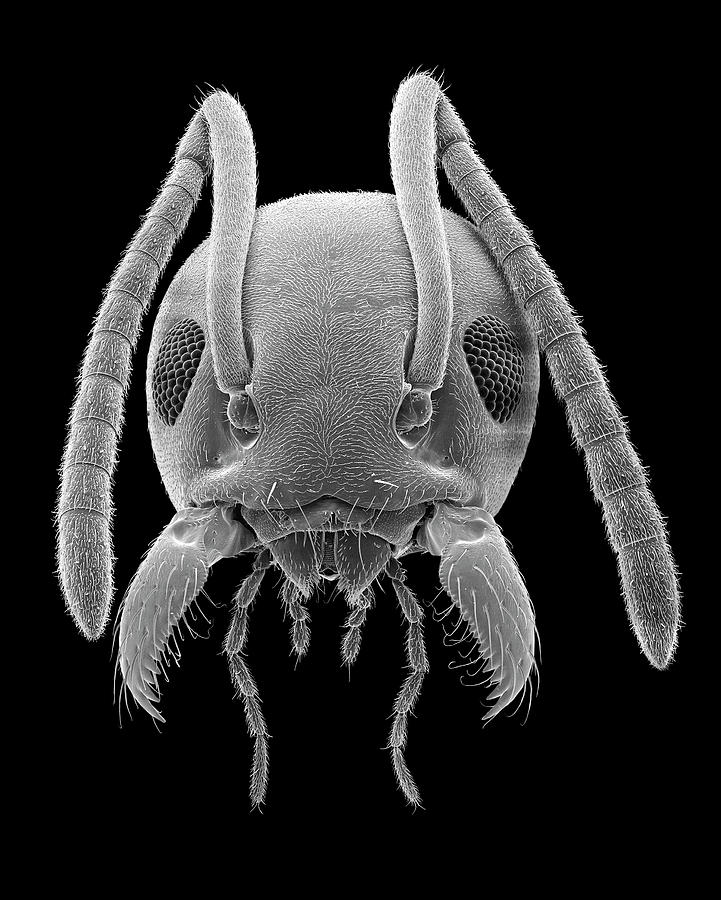
Odorous House Ant Photograph by Dennis Kunkel Microscopy/science Photo Library Fine Art America
Because ants have been able to solve complex problems, they are often compared to human societies and have been studied extensively. And captured at 400x under a biological microscope. Ants communicate with each other using pheromones, sounds and touch. Similar to other insects, ants perceive smells with their long, thin, and mobile antennae.

ant as seen through an EM microscope Stock Photo, Royalty Free Image 17091762 Alamy
Looking at ants through a simple magnifying lens, a handheld microscope, or a dissecting microscope, is simple and easy. The ant just needs to be caught and placed on a glass container or a petri dish, then observed through your chosen type of microscope.
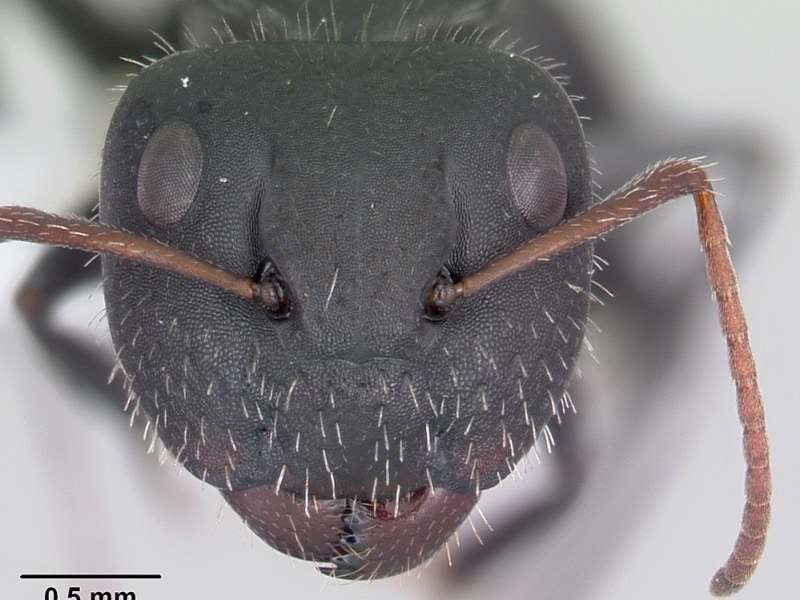
What Does an Ant Look Like Under a Microscope? (Pictures Included) Optics Mag
Updated Oct. 21, 2022, 1:03 p.m. ET Ants are surprisingly sinister looking under a microscope. DPA/AFP via Getty Images It's not a good look. A startling photograph of an ant's face magnified.
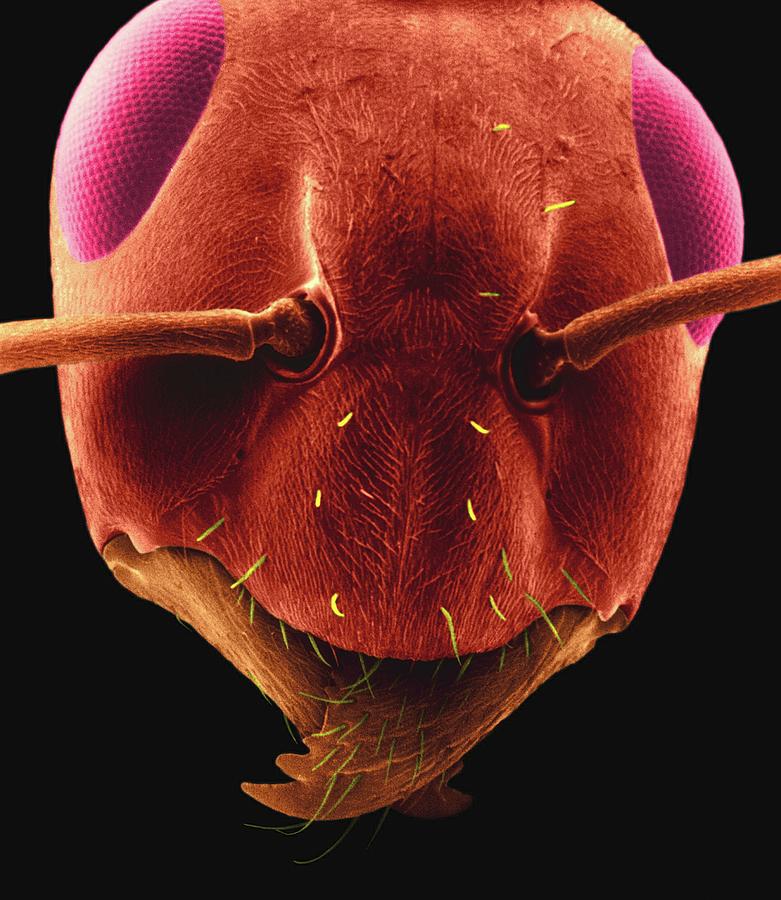
Carpenter Ant Photograph by Dennis Kunkel Microscopy/science Photo Library Fine Art America
My school just got this awesome stereo microscope, so I brought in a large ant from my yard. We get real up close and personal!Also, does anyone know what th.

Observing Ants Under The Microscope » Microscope Club
Live Ant Under Microscope in 4kviewed using Nikon 4x APO objective and 10x APO objective
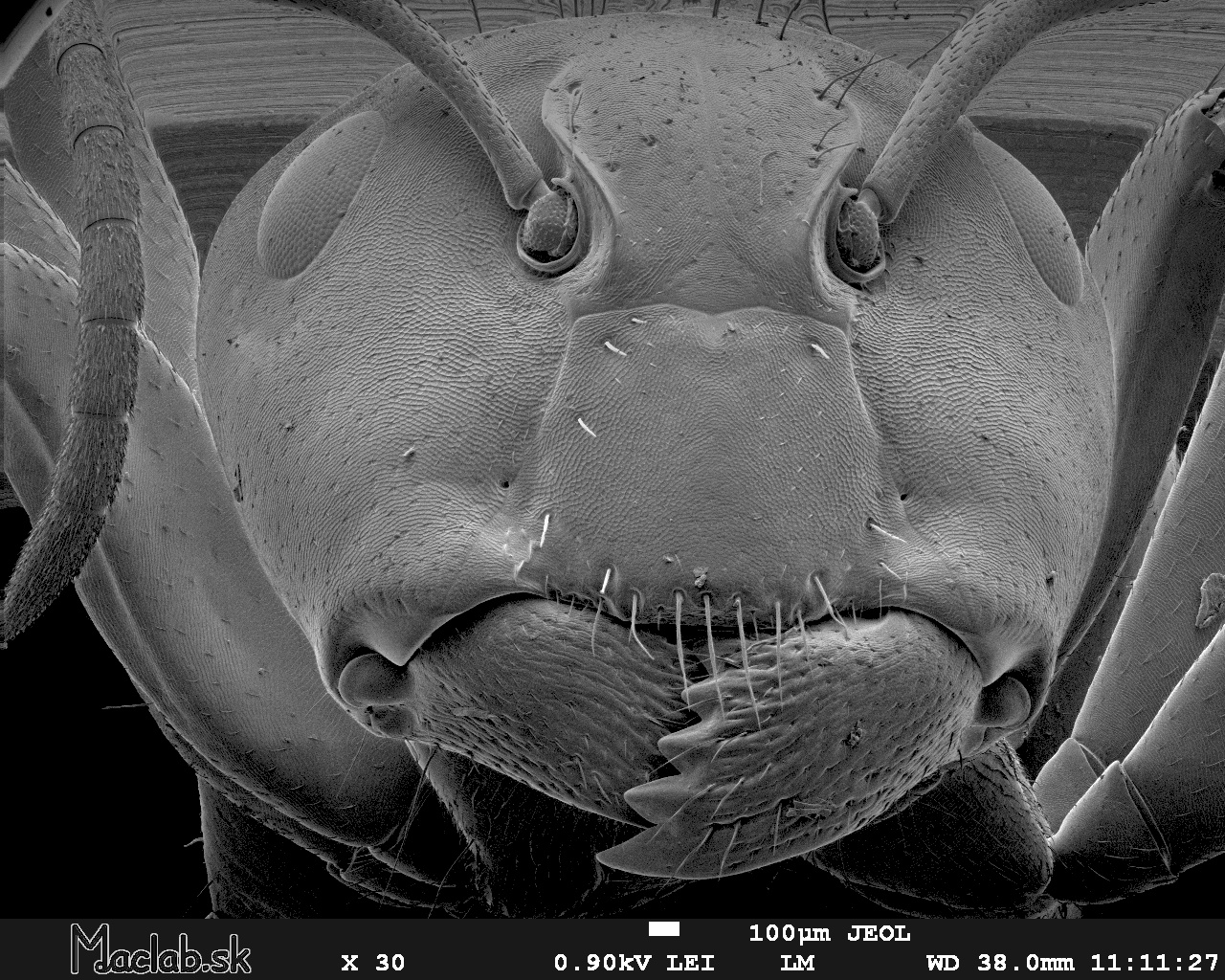
The face of an ant, as seen through an electron microscope r/pics
Here, we compared 12 morphological traits of 46 Temnothorax ant specimens measured either directly by stereomicroscope on physical specimens or via the widely used open‐access software tpsDig utilizing AntWeb digital images. We employed a complex statistical framework to test several aspects of reproducibility and reliability between the methods.

Ant Electron Microscope National Geographic
Looking through ant eyes. Ants' eyes are not like ours. Ants have compound eyes with many units, called ommatidia. Their eyes look like an array of LEDs you'd see in a traffic light (except in a dome shape). Each ommatidium sees one point in space so the whole eye sees one image but different portions of it. Mosaic vision of compound eye.

2 Ants Under microscope YouTube
Ants have many body parts that are normally hard to see without a magnifying glass or microscope. And each structure has its own special function. When you come across an ant on the ground, it's almost always a worker ant. Workers are adult females that don't reproduce but perform all the other jobs needed to keep an ant colony alive and healthy.

Ant face, looking through microscope 🐜 photography macro micro ant Electron microscope
Aug Ant Under Microscope, exploring the hidden world of these tiny insects can be a captivating endeavor. By peering through the lens, beginners can unlock a wealth of knowledge about ant anatomy, behavior, and adaptations.

Red Ant Head Photograph by Dennis Kunkel Microscopy/science Photo Library Fine Art America
Imaging through a microscope provides a magnified image of ants' eggs that only look like an oval-shaped and translucent structure under a magnifying glass. The average size of an ant's egg is around 0.5 to 1.5mm, which is smaller enough to see with the naked eye, so microscopy of these hard-shelled eggs can tell you more about their morphology.
I photographed this ant using a microscope objective, zoom in! r/interestingasfuck
Preparation. For short term storage, ants can be placed in 75% to 95% ethanol (also called ethyl alcohol). The higher the concentration of alcohol, the more stiff or brittle are the ants during mounting. Ants should be kept cool and in darkness and should not be allowed to dry out. A refrigerator is ideal for this purpose.
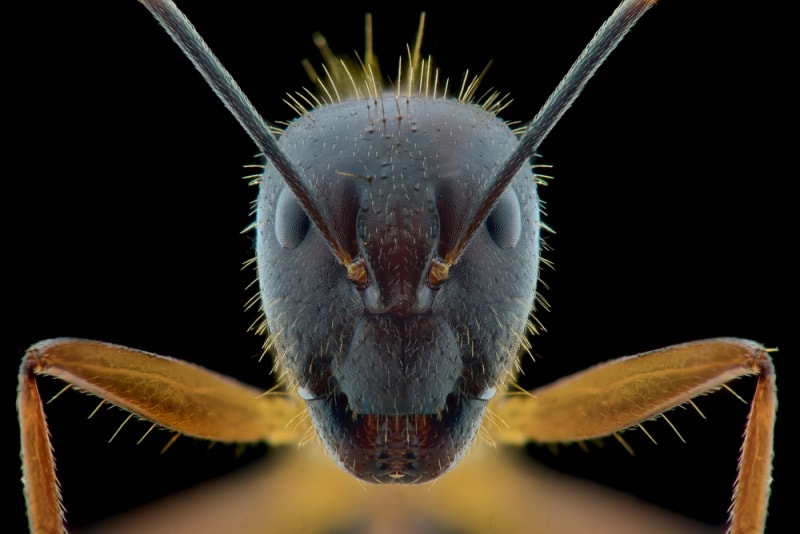
What Does an Ant Look Like Under a Microscope? (Pictures Included) Optics Mag
What Does An Ant Look Like Under A Microscope? Ants Authority 91 subscribers Subscribe Subscribed 1 2 3 4 5 6 7 8 9 0 1 2 3 4 5 6 7 8 9 0 1 2 3 4 5 6 7 8 9 Share No views 1 minute ago.
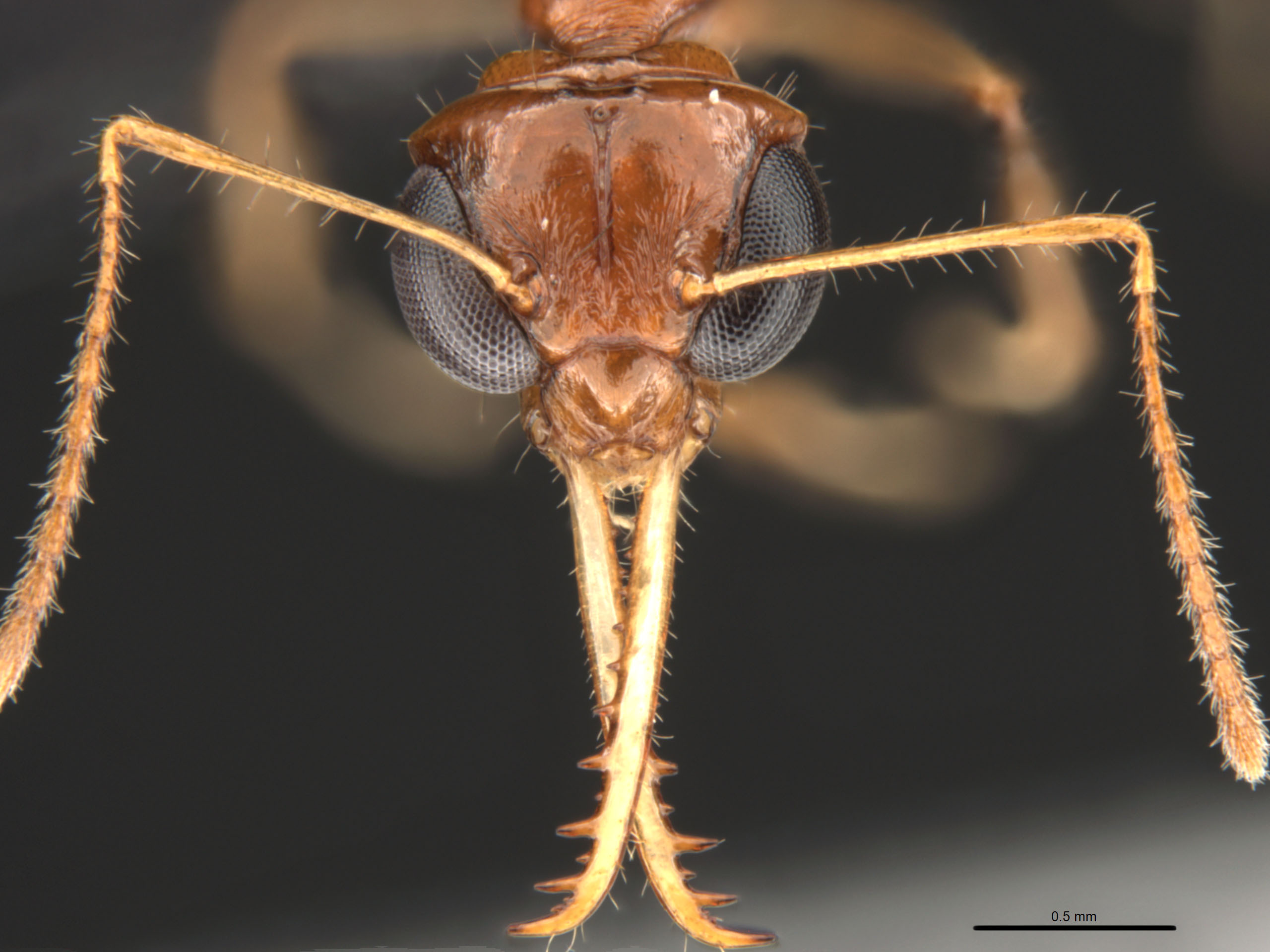
Myrmoteras cuneonodum, ant head under a microscope Okinawa Institute of Science and Technology
Go to: Abstract This article outlines a suite of techniques in light microscopy (LM) and electron microscopy (EM) which can be used to study the internal and external eye anatomy of insects.